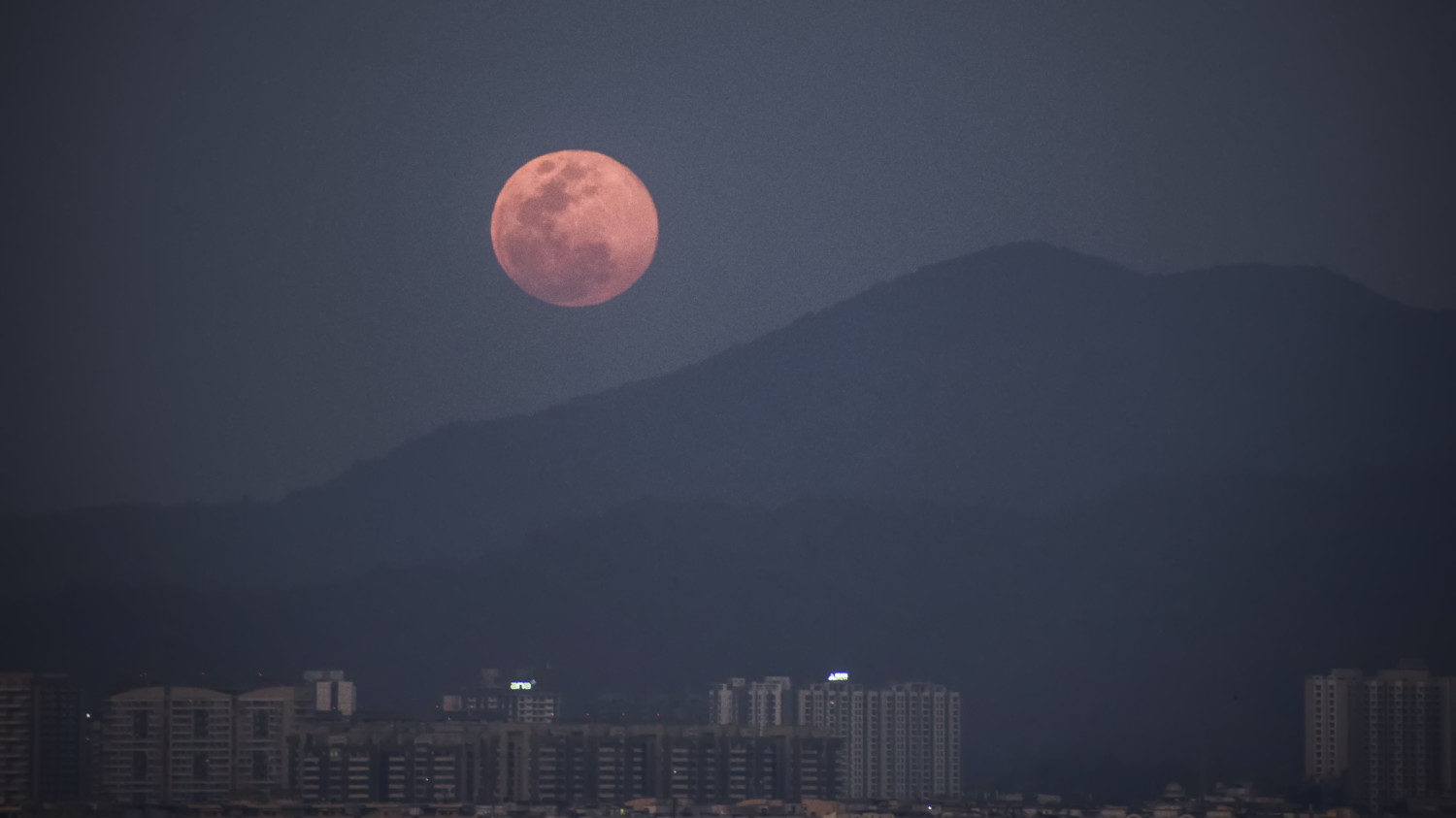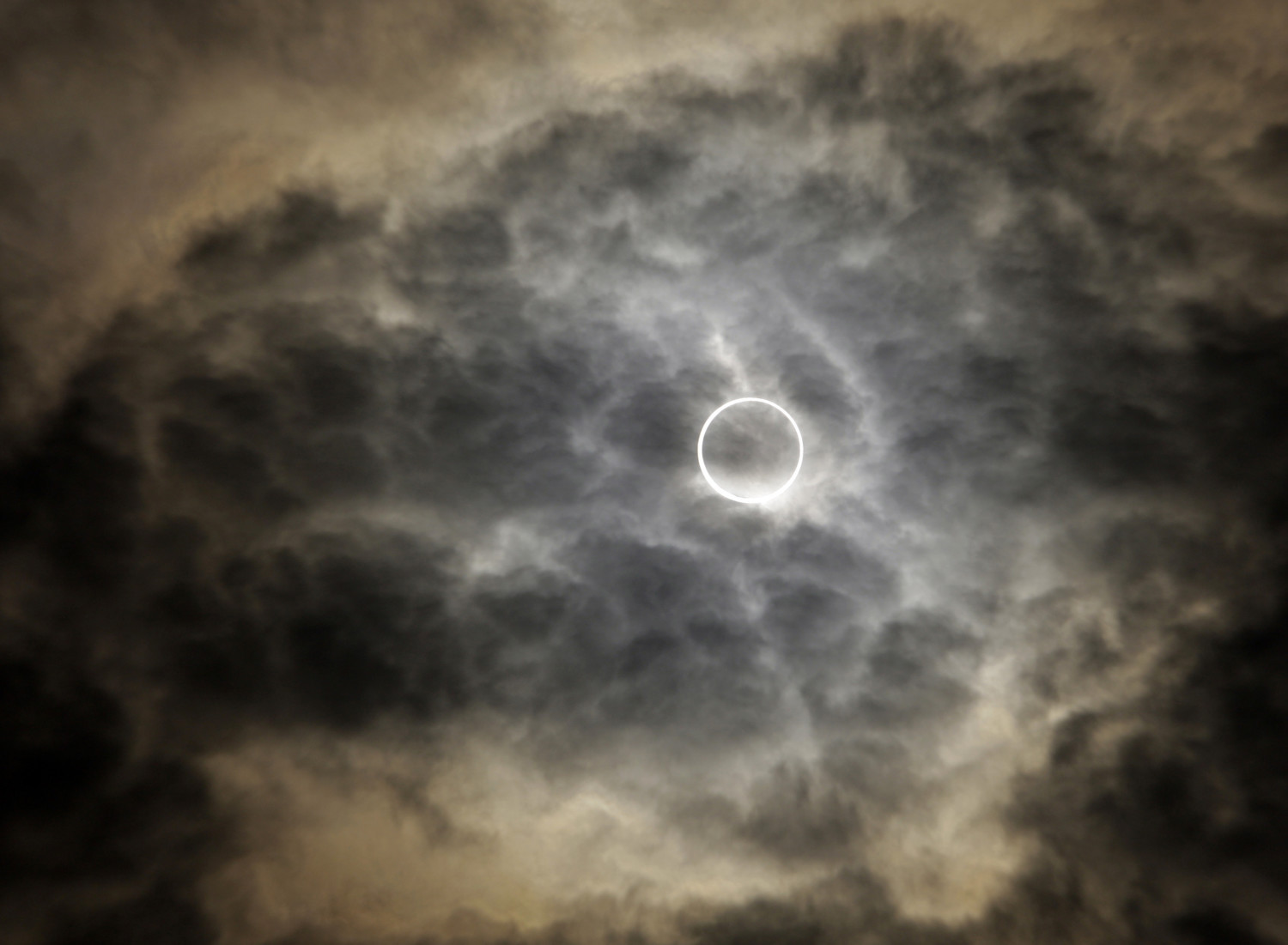The strawberry moon of 2021 will be the third and final supermoon of the year. But despite the name, the moon isn’t likely to take on a reddish hue like it did during the lunar eclipse earlier this year, in May.
June’s full moon is most often called the strawberry moon, but it’s also gone by other names, including blooming moon, green corn moon and hatching moon. Strawberries ripen, flowers bloom, corn begins to sprout and wild birds’ eggs hatch in the month of June, which is how a lot of these names came to be. These names often originate from Native American cultures, and they’re a nod to our agricultural seasons.
The full strawberry moon officially arrives on June 24 at 2:40 p.m. EDT, but it won’t be visible until later that evening, after it rises above the horizon.
The full strawberry moon in 2021 is considered a supermoon because this is also when the moon will be at its perigee — the closest the moon comes to the Earth in its orbit. The moon takes a little more than 27 days to travel around the Earth, and its orbit is more of an elliptical shape, which results in the moon’s varying distances at any given point in time.
 Adobe
AdobeThe Strawberry Moon Is The Final Supermoon of 2021
This month’s full moon will be 224,662 miles away from Earth, making it the most distant supermoon in 2021. The other two supermoons in April and May were slightly more than 222,000 miles away.
Anybody venturing outside to get a peek at June’s full moon can expect to see a slightly larger full moon — approximately 7% larger and 15% brighter than the average full moon. However, without the ability to compare a typical full moon and a supermoon side by side, the average person won’t notice a difference.
If you miss the exact moment, the moon will still appear full from Wednesday through Saturday.
The strawberry moon typically marks the last full moon of spring, but 2021’s strawberry moon will be the first full moon of the summer season.
June’s full moon also marks the end of the first half of 2021, which has been an eventful six months filled with lunar events, including two previous supermoons in April and May, an annular solar eclipse in June, and May’s lunar eclipse.
 AP Photo/Toru Takahashi
AP Photo/Toru TakahashiWatching The Skies in 2021
While the first half of the year may have been filled with cosmic wonders, there are still quite a few more events to look forward to.
The second half of 2021 includes a seasonal blue moon in August, a partial lunar eclipse in November, a pair of super new moons in November and December, and a total solar eclipse in December.
Unfortunately, you’ll have to travel to Antarctica to view that last one in person.
This month’s supermoon should be a lot easier to spot from your own backyard!
Follow Meteorologist Jason Meyers on Twitter or watch one of his entertaining and educational YouTube videos.
